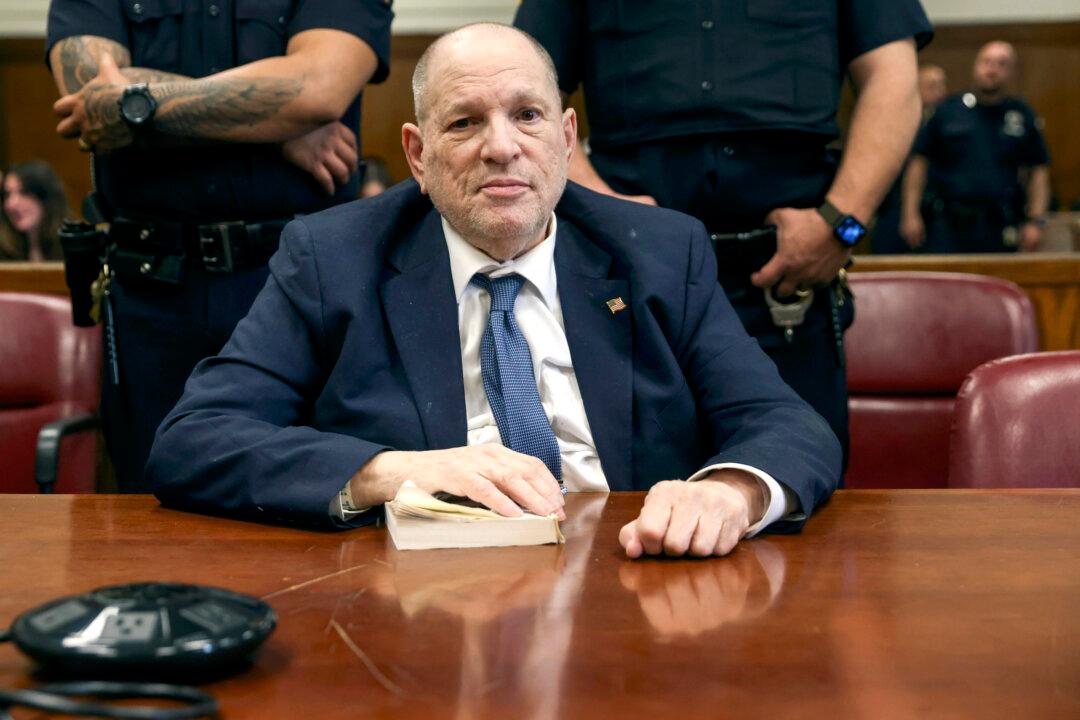LONDON—Oil prices rose by more than $1 on Tuesday after sliding in the previous session as markets weighed Middle East tensions against demand worries and rising OPEC supply.
Brent crude futures rose $1.33, or 1.75 percent, to $77.45 a barrel at 1131 GMT, while U.S. West Texas Intermediate crude futures gained $1.29, or 1.82 percent, to $72.06 a barrel.
Geopolitical tensions in the Middle East and an ongoing supply outage in Libya offered support to prices on Tuesday, analysts said.
“On the supply side, there are some bullish factors from the closure of Libya’s largest oilfield, which has affected around 0.3 million barrels per day of oil production,” said Suvro Sarkar, energy sector team lead at DBS Bank.
Some major shipping firms are still avoiding the Red Sea. Germany’s Hapag-Lloyd will continue to divert vessels around the Cape of Good Hope in the wake of maritime attacks by Yemeni Houthi gunmen, it said on Tuesday.
Regarding the Gaza war, the Israeli military has said its fight against Hamas will continue through 2024, worrying markets that the conflict could grow into a regional crisis that could disrupt Middle Eastern oil supplies.
U.S. Secretary of State Antony Blinken told Israeli leaders there was still a chance of winning acceptance from their Arab neighbours if they create a path to a viable Palestinian state.
The oil benchmarks are rebounding from 3 percent and 4 percent losses incurred on Monday respectively, following sharp cuts by top exporter Saudi Arabia to its official selling prices (OSP).
“The question is whether the Saudi move of reducing OSPs to a 27-month low is also a sign of a potential increase in oil supply implying serious discord within OPEC+,” PVM analyst Tamas Varga said.
On the demand side, German industrial production unexpectedly fell in November according to the federal statistics office, marking a sixth consecutive monthly decline.
Output fell by 0.7 percent after analysts polled by Reuters had predicted a 0.2 percent rise.
In the U.S., Federal Reserve Governor Michelle Bowman on Monday said she now sees U.S. monetary policy as “sufficiently restrictive” and signalled her willingness to support eventual interest-rate cuts as inflation eases.
Core inflation data on Thursday could offer fresh clues regarding the fight against inflation, while the market is also awaiting U.S. inventory data from the American Petroleum Institute industry group due later on Tuesday.







